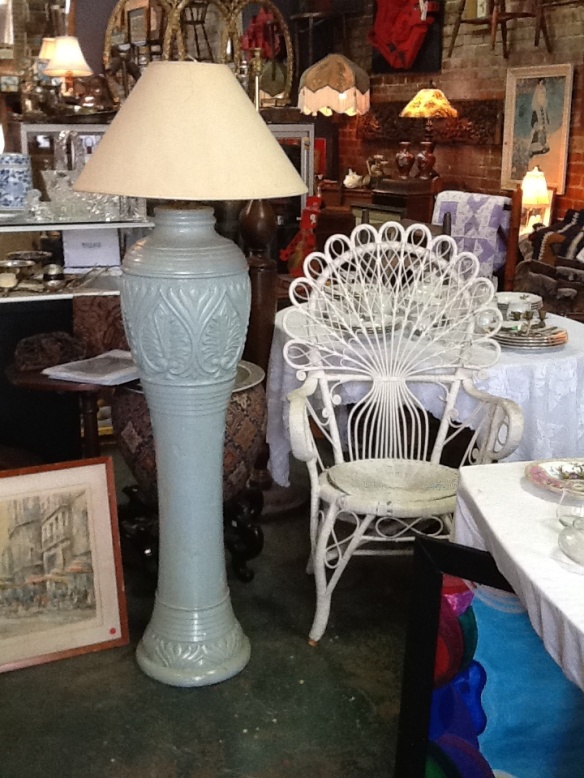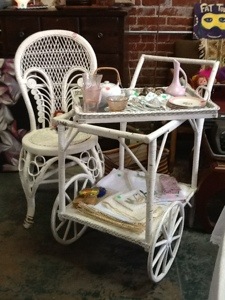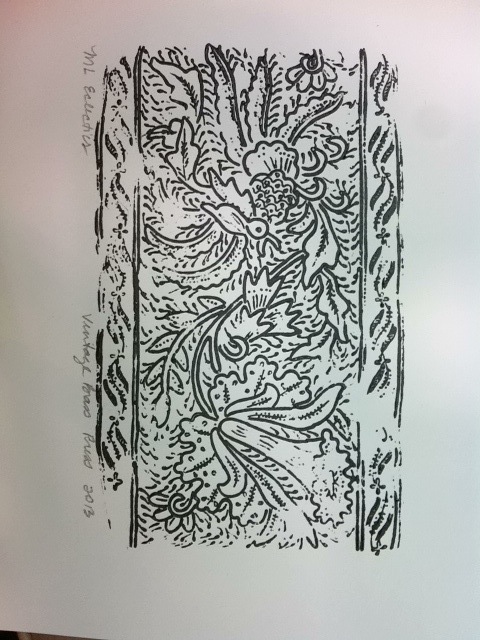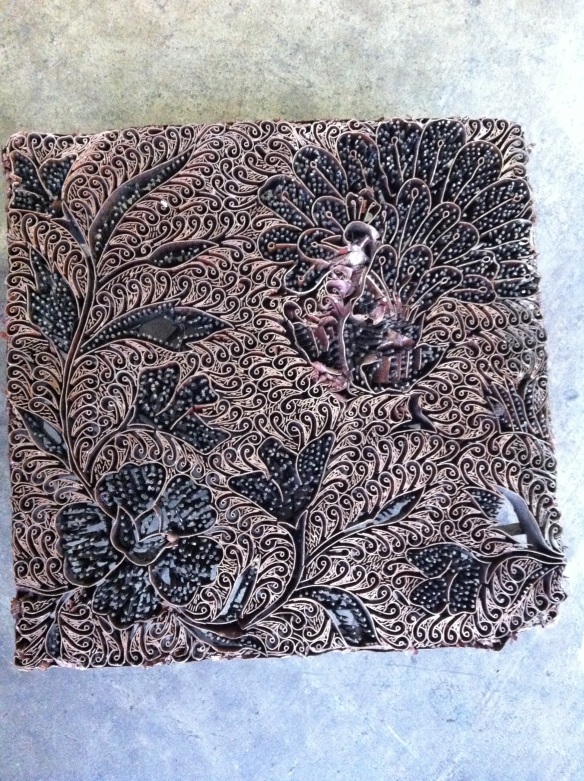
Getting Ready for spring
Next week the Argenta District Library will have the governor speaking Monday at noon. I’ll be there handing out flyers. The JFK dedication will last the whole week. 12:00 pm -7:00 pm and Saturday 10:00 am to 4:00 pm with many activities going on. A full list is on the Argenta Arts Foundation website http://www.argentaartsfoundation.org. ML Eclectics is proud to be a part of this special event. We will stay open and have specials all week. Please come by and celebrate with us!
Antique Letter Presses
I recently found some ink presses in an old trunk in our warehouse. At my best estimation they are copper. I originally thought they were brass, but after further research have come to the conclusion of copper. I found seven plates and three are not in any shape to form the original works that I would like to display and sell here at ML Eclectics, even though I have decided to try my luck.
I have put pictures of a few presses and the art I created with them. They are for sale both presses and art works. Please come see the beauty for yourself.
Prints with zinc, copper, and brass became popular in the 1500’s, but it was the availability of the common paper that made it difficult to be widely used.
Sourced from Wikipedia:
By the early sixteenth century, the potential of the print medium was being fully exploited and had a decisive impact on the history of art. Prints replaced drawn medieval model books as an inexhaustible source of motifs—figures in every position (17.50.99; 19.74.1), architectural models (41.100.126.19), ornamental designs (29.16.1; of 49.95.41)—that could be incorporated into other works of art. The Renaissance revival of classical antiquity was fueled by prints that spread knowledge of ancient Roman buildings and sculpture (49.97.114) throughout Europe. Prints provided a new outlet for artists to explore their own interests, whether in classical antiquity (1986.1159; 41.71.1.7.20; 1996.328.2), tales of magic and witchcraft (41.1.201), landscape (1993.1097), everyday life (26.72.156; 1979.525.1; 16.2.5), or fantastic visions (35.42; 20.30.6). Woodcuts, engravings, and etchings also publicized the inventions of painters (49.97.537), spread knowledge of new styles (32.105), and facilitated stylistic comparisons.
While many of the techniques necessary to produce prints were known before the fifteenth century, it was the widespread availability of paper that made printmaking feasible. The first paper mills in Germany and Italy opened by the 1390s, around the same time that the first woodcuts were produced. By the middle of the fifteenth century, prints were also being produced using the intaglio (cut or incised) technique.
In the intaglio process, the lines cut into a metal plate are filled with ink, the surface of the plate is wiped clean, and dampened paper is pressed against the plate with such pressure that it is forced into the grooves and picks up the ink. Although some early intaglio prints appear to have been produced by rubbing the paper against the plate, perhaps with a metal spoon, in most cases the pressure required to force the paper into the finely cut lines entailed the use of a special press equipped with rollers (49.95.870[10]). Three intaglio processes were in use during the Renaissance: drypoint, engraving, and etching, but engraving was by far the most popular. In the seventeenth and eighteenth centuries, however, etching became the preferred medium of painters and of innovative printmakers such as Rembrandt, Stefano della Bella (59.570.379.3), and Piranesi, while engraving came to be used primarily for reproducing paintings and sculpture (28.22.36), and for book illustration (67.828).
As printmakers searched for new ways to introduce shades of gray into the typically black and white print, new techniques were developed. Mezzotint, invented in the seventeenth century, became especially popular in the eighteenth, a period of great experimentation. Many new techniques evolved in the eighteenth century to enable prints to mimic the appearance of drawings. Aquatint, which approximated the appearance of wash drawings, was the most popular. Printmaking in the nineteenth century was characterized by an even greater variety of media. Many artists found ways to introduce color into their prints and experimented with combined techniques (21.46.1), while an entirely new method of printing, lithography, allowed artists the most direct means of creating multiple images from drawing (20.17.2).
ML Eclectics
Gallery

This gallery contains 11 photos.
This is the first blog post for ML Eclectables. I will be posting new finds, features local artists and special events at the store and in the Argenta area. Our email is mleclectics@gmail.com. We are located in the Argenta area … Continue reading














